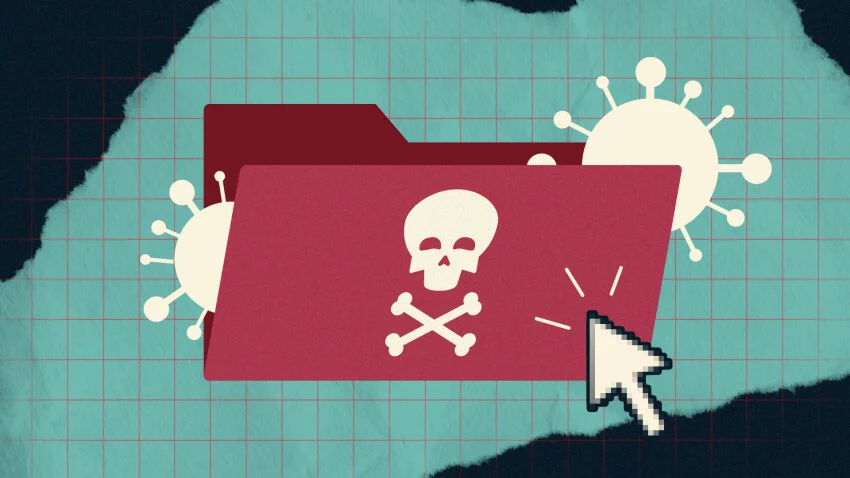Having a personal computer at home was considered a hobby when they were first introduced. Each user required a high level of technical proficiency. Were they not starting on the system? Take the expansion cards out of the case, clean the pencil eraser on their terminals, and put them back in. If it doesn’t work, you may go to a PC Users’ Group meeting with other enthusiasts and ask around. They were making little adjustments to arcane settings in the CONFIG.SYS file may help you fix different issues. Fun thing! These days, computers are just a boring commodity rather than a pleasure. Here’s an idea to liven things up: how about infecting your PC with malware?
What if you turned on your computer and it flashed a notice saying you are under investigation by the government? Or what if you opened your browser to find a snowstorm of bright and entertaining ads? Who knows, perhaps a bot herder has recruited your machine to be part of the zombie army that will use a DDoS (Distributed Denial of Service) attack to bring down a popular website! Isn’t that a cool idea?
It might surprise you to hear that it will require some effort to fully expose yourself to the malicious experience. Almost all new computers come with a security suite preinstalled because modern operating systems and PCs are too damned protective. These pointers can help you get started in the fascinating field of malware.
Select the Appropriate Equipment
adore your Mac? The iPad Pro you own? Well, you’ll have to set things aside for the time being. Malware for macOS is undoubtedly present, but it’s impossible to predict when an assault will occur. Regarding iOS, fuck it! Everything that can cause problems on macOS when attempting to infect someone with malware also affects iOS.
A good old PC—and I do mean old—is what you need. It is recommended to use an earlier version of Windows as some newer versions come with obtrusive built-in security mechanisms. What a treasure if you can locate a box running the outdated Windows 95! Since Microsoft stopped supporting this priceless outdated operating system in 2001, hackers have had more than 20 years to find ways to take advantage of it.
Try Android if you can’t think of a Windows device. The people who create malware do just that! Because the seller doesn’t support updates, especially security updates, many Android devices become trapped in an outdated version of the operating system. Is anyone up for lollipops? Although it appears that Google has eradicated the evil of Android fragmentation, many susceptible phones remain in circulation. Have you thrown away an old phone in a drawer? If you revive it, you’ll be set!
Avoid Malware Defense
It goes without saying that you shouldn’t install malware protection if your goal is to simulate a virus infestation. That would negate the entire objective! Hold on, though—don’t just uninstall your antivirus. It’s not quite that simple.
This is the issue. Microsoft doesn’t think you can manage life without anti-virus software. Windows 11 (or 10) will activate Microsoft Defender Antivirus by force if it determines that you are not using any other antivirus software. That wouldn’t have been an issue in previous years because Windows Defender was so dated. Unfortunately, Defender’s test results are becoming better and better these days.
You may believe that by navigating through security settings and disabling Real-time protection, you may disable Microsoft Defender. Nevertheless, that isn’t a true answer because Defender continues to do scheduled scans. It doesn’t stay off, in any event. Yes, you can use Registry Editor and Group Policy Editor to make a lot of modifications that will break Defender’s heart if you’re a PC wizard. Do you possess wizardry? I didn’t believe that.
Your best option is to look through our antivirus software reviews and select a program with a low rating. Another option is to continue using your current antivirus software, but to off real-time security and schedule scans. Use a previous version of Windows, preferably without all the security features.

